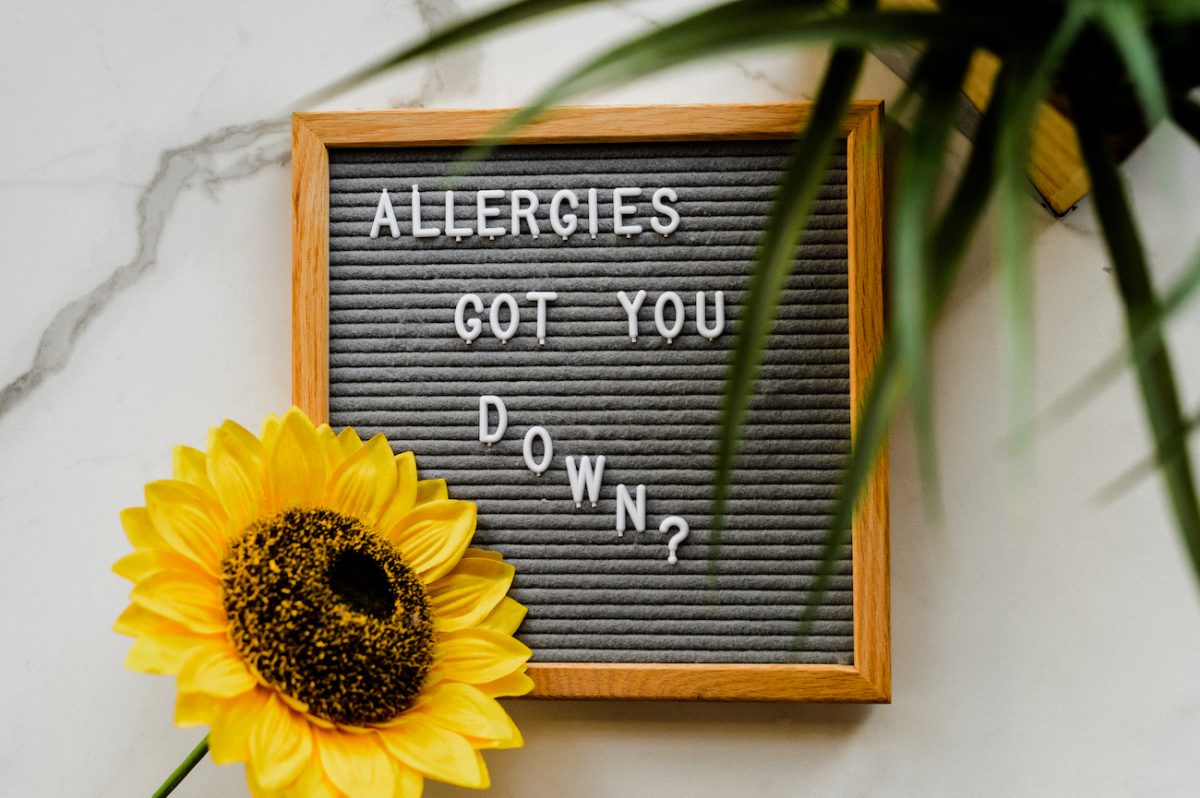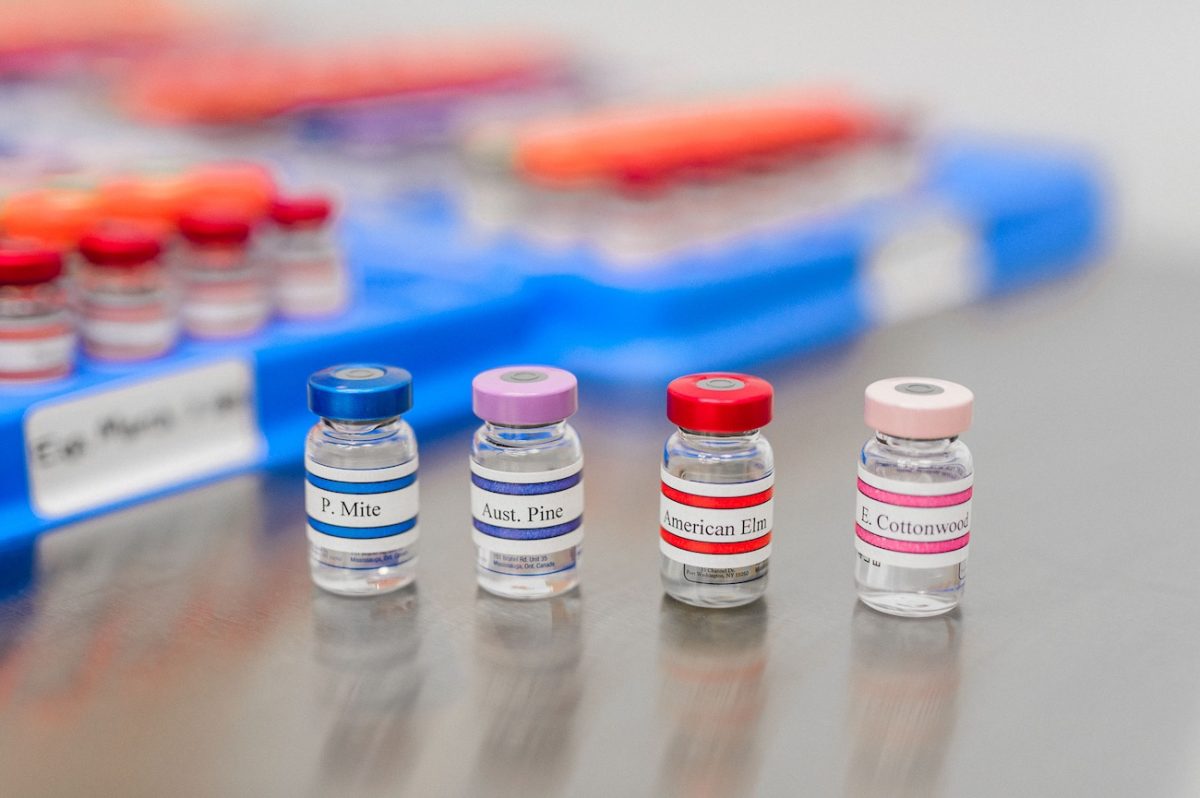
Many people in the United States suffer from non-food allergies. Several non-food substances can cause anaphylaxis, and those who experience mild to severe allergy symptoms without an apparent cause might suffer from an allergy to one of these substances.
Here are the most common non-food substances that can cause allergic reactions.
Medication
According to some estimates, as much as 1% of the population are at risk for allergic reactions to medications. A variety of drugs can cause reactions from mild rashes and itchiness to life-threatening anaphylaxis.
Those who already have a known allergy to penicillin are more likely to react to other medications.
An allergic reaction can occur for medications taken intravenously, orally, or topically. If you are experiencing allergy symptoms while taking any medication, you should consult with your doctor immediately.
Latex
It’s estimated that 1% of the population has a latex allergy. Most latex exposure comes from rubber gloves worn by healthcare professionals and food preparation workers. Symptoms of a latex allergy can manifest themselves when eating foods that have been handled by latex gloves.
Symptoms of an allergic reaction from latex can range from mild irritation to life-threatening anaphylaxis. Severe symptoms can be treated with epinephrine and receiving immediate medical attention.

Insect Bites and Stings
Like most allergies, those allergic to insect bites and stings can experience mild to severe symptoms. This might include swelling of the affected area that is much more severe than normal, such as an entire leg swelling from an ant bite on the foot.
The most common bites and stings that people are allergic to are those from honey bees, wasps, hornets, and ants, with symptoms usually occurring just minutes after the sting.
If you experience severe symptoms, treat them with epinephrine and seek immediate medical attention. Long-term treatment is usually done through immunotherapy .
Pollen
Various plant species release their pollen into the air each year, causing many people to suffer from mild allergy symptoms such as sneezing, itchiness, and watery eyes. Pollen allergies are rarely life-threatening, but cause many people to seek relief from these irritating symptoms.
It’s difficult to pinpoint which plant species are causing your allergy symptoms, but the time of year you are usually affected and proper allergy testing can be used to help determine the source. In most cases, these symptoms can be treated with over-the-counter antihistamines.
The number one way to prevent allergy symptoms is avoidance, but it can be difficult if you aren’t sure what plant species is causing them. Consult with your doctor to discuss avenues for determining the cause and the recommended treatment options.

Pet Allergies
Some people are allergic to a protein found in the hair, urine, and saliva of dogs or cats. Because many people keep these animals in their homes, those who suffer from pet allergies will experience symptoms any time they visit a house where a dog or cat is kept.
But even a coworker or friend who owns a dog or cat can carry pet dander on their clothing, exposing you to the allergen.
Like pollen allergies, symptoms are usually limited to mild to moderate irritation of the face, mouth, or nose, and are rarely life-threatening. If you suspect you are allergic to dogs or cats, an allergist can provide a diagnosis and recommendation for treatment.
Not Sure What’s Causing Your Allergies? Get Tested Today
If you are experiencing allergy symptoms and are unsure of the cause, consult with an allergist to get an allergy test . The results will help you determine the source of your symptoms to practice better avoidance and open up opportunities for other treatment methods, such as immunotherapy.
